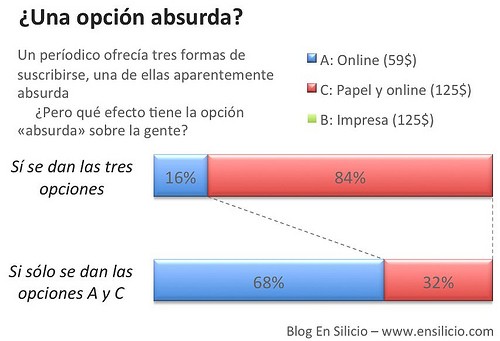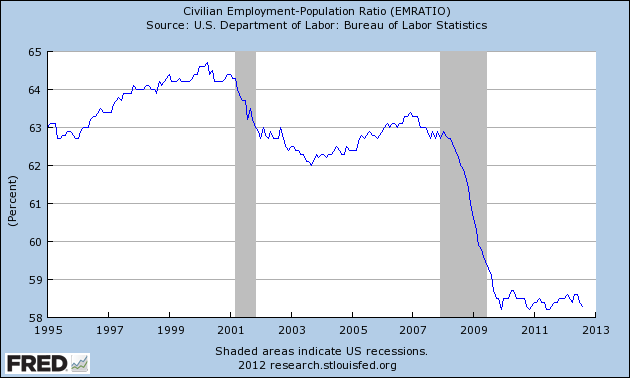Behavioral economics Wikipedia the free encyclopedia
Post on: 14 Апрель, 2015 No Comment

From Wikipedia, the free encyclopedia
Behavioral economics and the related field, behavioral finance. study the effects of psychological. social, cognitive. and emotional factors on the economic decisions of individuals and institutions and the consequences for market prices. returns. and the resource allocation. [ 1 ] Behavioral economics is primarily concerned with the bounds of rationality of economic agents. Behavioral models typically integrate insights from psychology. neuroscience and microeconomic theory ; in so doing, these behavioral models cover a range of concepts, methods, and fields. [ 2 ] [ 3 ] Behavioral economics is sometimes discussed as an alternative to neoclassical economics.
The study of behavioral economics includes how market decisions are made and the mechanisms that drive public choice. The use of Behavioral economics in U.S. scholarly papers has increased in the past few years as a recent study shows. [ 4 ]
Contents
Issues [ edit ]
Behavioral finance [ edit ]
The central issue in behavioral finance is explaining why market participants make irrational systematic errors contrary to assumption of rational market participants. [ 6 ] Such errors affect prices and returns, creating market inefficiencies. It also investigates how other participants take advantage (arbitrage ) of such errors and market inefficiencies.
Behavioral finance highlights inefficiencies such as under or over-reactions to information as causes of market trends and in extreme cases of bubbles and crashes. Such reactions have been attributed to limited investor attention, overconfidence, overoptimism, mimicry (herding instinct ) and noise trading. Technical analysts consider behavioral finance. to be behavioral economics’ academic cousin and to be the theoretical basis for technical analysis. [ 7 ]
Other key observations include the asymmetry between decisions to acquire, or keep resources, known as the bird in the bush paradox, and loss aversion. the unwillingness to let go of a valued possession. Loss aversion appears to manifest itself in investor behavior as a reluctance to sell shares or other equity, if doing so would result in a nominal loss. [ 8 ] It may also help explain why housing prices rarely/slowly decline to market clearing levels during periods of low demand.
Benartzi and Thaler (1995), applying a version of prospect theory. claim to have solved the equity premium puzzle. something conventional finance models have been unable to do so far. [ 9 ] Experimental finance applies the experimental method, e.g. creating an artificial market by some kind of simulation software to study people’s decision-making process and behavior in financial markets.
Quantitative behavioral finance [ edit ]
Quantitative behavioral finance uses mathematical and statistical methodology to understand behavioral biases. In marketing research, a study shows little evidence that escalating biases impact marketing decisions. [ 10 ] Leading contributors include Gunduz Caginalp (Editor of the Journal of Behavioral Finance from 2001–2004) and collaborators including 2002 Nobelist Vernon Smith. David Porter, Don Balenovich, [ 11 ] Vladimira Ilieva and Ahmet Duran, [ 12 ] and Ray Sturm. [ 13 ]
Financial models [ edit ]
Some financial models used in money management and asset valuation incorporate behavioral finance parameters, for example:

- Thaler’s model of price reactions to information, with three phases, underreaction-adjustment-overreaction, creating a price trend
One characteristic of overreaction is that average returns following announcements of good news is lower than following bad news. In other words, overreaction occurs if the market reacts too strongly or for too long to news, thus requiring adjustment in the opposite direction. As a result, outperforming assets in one period are likely to underperform in the following period. This also applies to customers’ irrational purchasing habits. [ 14 ]
- The stock image coefficient
Critics such as Eugene Fama typically support the efficient-market hypothesis. They contend that behavioral finance is more a collection of anomalies than a true branch of finance and that these anomalies are either quickly priced out of the market or explained by appealing to market microstructure arguments. However, individual cognitive biases are distinct from social biases; the former can be averaged out by the market, while the other can create positive feedback loops that drive the market further and further from a fair price equilibrium. Similarly, for an anomaly to violate market efficiency, an investor must be able to trade against it and earn abnormal profits; this is not the case for many anomalies. [ 15 ]
A specific example of this criticism appears in some explanations of the equity premium puzzle. It is argued that the cause is entry barriers (both practical and psychological) and that returns between stocks and bonds should equalize as electronic resources open up the stock market to more traders. [ 16 ] In reply, others contend that most personal investment funds are managed through superannuation funds, minimizing the effect of these putative entry barriers. In addition, professional investors and fund managers seem to hold more bonds than one would expect given return differentials.
Behavioral game theory [ edit ]
Economic reasoning in non-human animals [ edit ]
A handful of comparative psychologists have attempted to demonstrate economic reasoning in non-human animals. Early attempts along these lines focus on the behavior of rats and pigeons. These studies draw on the tenets of comparative psychology. where the main goal is to discover analogs to human behavior in experimentally-tractable non-human animals. They are also methodologically similar to the work of Ferster and Skinner. [ 26 ] Methodological similarities aside, early researchers in non-human economics deviate from behaviorism in their terminology. Although such studies are set up primarily in an operant conditioning chamber. using food rewards for pecking/bar-pressing behavior, the researchers describe pecking and bar pressing not in terms of reinforcement and stimulus–response relationships. but instead in terms of work, demand. budget. and labor. Recent studies have adopted a slightly different approach, taking a more evolutionary perspective, comparing economic behavior of humans to a species of non-human primate. the capuchin monkey. [ 27 ]














